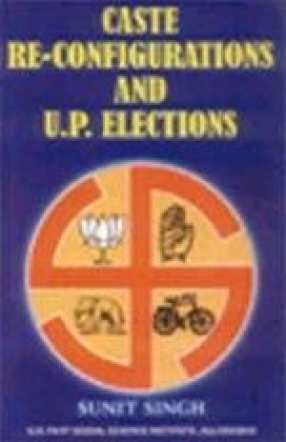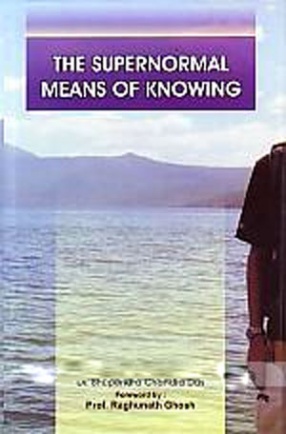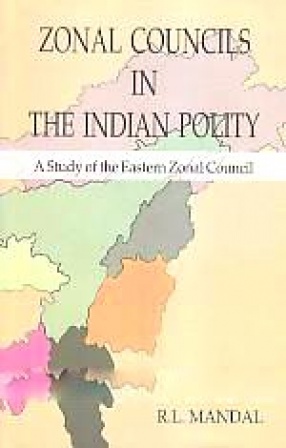The present volume is an endeavour to analyse the electoral behaviour in the post-1996 phase in Uttar Pradesh. It covers four elections held during this period that includes three Lok Sabha Elections of 1996, 1998 and 1999 and the State Assembly election of 1996. The role of caste-based social networks in mobilisation of the common electorate at the grassroots level has been highlighted in the volume. The stratification and its size among different caste groups have been presented in the volume with the help of an achievement status index developed on the basis of survey data. The volume has been able to demonstrate the growing strength of the prosperous dominant sections in politics that has created a situation of convergence of political and economic power in the State in their hands. This dominant section constitutes the nucleus of each caste-based social network. The size of this nucleus has been estimated as 12 percent of the total electorate. The volume maintains that the political parties in the state have lost their identity in classical terms and are now identified with different caste groups. The author has observed that the earlier four caste combinations—the upper caste, the OBCs, the SCs, and the Muslims which dominated the State politics in pre-1996 phase have disintegrated in the present phase. With the help of the empirical data the study has been able to show that various political parties in the State are continuously experimenting with newer caste configurations which now include the castes of erstwhile antagonistic combinations.
Caste Re-Configurations and U.P. Elections
In stock
Free & Quick Delivery Worldwide
reviews
Bibliographic information
Title
Caste Re-Configurations and U.P. Elections
Author
Edition
1st ed.
Publisher
ISBN
8173914990
Length
xvi+240p., Tables; Appendices; Bibliography; Index; 23cm.
Subjects





There are no reviews yet.